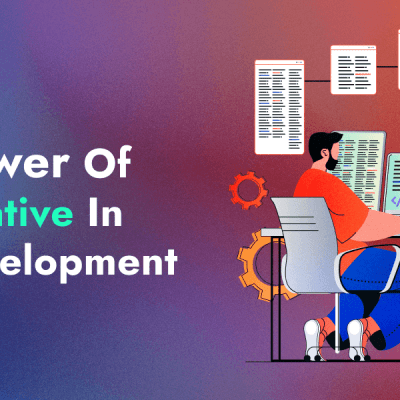[vc_row][vc_column][blog_single_full_content]App development is filled with exciting new things recently. Where on one side there is a wave of excitement of getting intuitive things, there is a rush of learning all those things and integrating them in the development process. Where on side Google came up with Dart 2.5 and Flutter 1.9, on the other side Apple came up with iOS 13 and macOS Catalina.
Flutter and Dart provided stronger support for C code calling and intelligent code completion. This allows the developers to integrate machine learning to assist developers in finishing the code or find the API they can use in the app. Coming to Flutter, it enables the developers to build web apps and mobile app development both from the same code. The updated version also supports macOS Catalina and iOS 13 and comprises of toggle buttons, filters, and new material widgets.
Dart is developed by Google for developing mobile, web, desktop, and backend apps. It is an object-oriented, garbage collected, a class defined language which makes use of a C-style syntax which transcompiles into JavaScript.
Coming to Flutter, it was officially announced back in 2017 and launched the first version in December 2018. The basic agenda of this framework was to give competition to frameworks like Facebook’s React Native. It is designed to get the combination of native apps performance and rapid development and multi-platform reach of UI toolkit. Flutter apps can be developed using the Dart programming language.
Dart 2.5
The best thing about Dart 2.5 is that it is a stable version with two technical previews. The first preview is dart:ffi which is a foreign function for calling code C directly from the Dart. The second preview is code completion which is powered by Machine Learning.
Calling Code C
The support for calling C from the Dart is at present limited to deep integration in the Dart VM by making use of the Native extensions. The ultimate agenda of Google is to provide a new mechanism which has a great performance and is very easy to approach and compatible with several Dart platforms and compilers. It allows two major things:
• Calling into C system API on the host OS
• Calling into C library for either a single OS or cross-platform.
Intelligent Code Completion
With more API, the list of completions in programming languages gets too long to search alphabetically. Just like Microsoft, Google is also integrating machine learning to enable the developers with completing code just as they type.
Constant Expressions
Dart 2.5 has also explored several ways to find constant expressions along with the power to use casts, new control flow and spread features. Well, Dart had the support of creating constant variables and values but, it was quite limited till now. In the newer version of Dart, Google is coming with extension methods, and references for non-nullable by default along with enhanced concurrency support. On the grounds of all the changes in the languages, Google is also making extra efforts in rich migration tools for the existing code.
Flutter 1.9
It adds support for iOS 13 and macOS Catalina, new Dart language features, improved tools, and New material widgets. However, Google accepts that Flutter 1.9 is by far one of the biggest updates they have rolled so far. This update adds support for extra 24 languages: Bengali, Burmese, Belarusian, Afrikaans, Albanian, Amharic, Assamese, Azerbaijani, Gujarati, Kannada, Georgian, Icelandic, Lao, Nepali, Malayalam, Kyrgyz, Telugu, Oriya, Punjabi, Zulu, Sinhalese, and Macedonian.
Flutter For Web
The first preview of Flutter Web was released in May 2019. Now Google has merged the Flutter web repository with the main Flutter repo. This makes the work really simple and easy for the developers as they can use the same codebase for the mobile, web, and desktop.[/blog_single_full_content][/vc_column][/vc_row]






